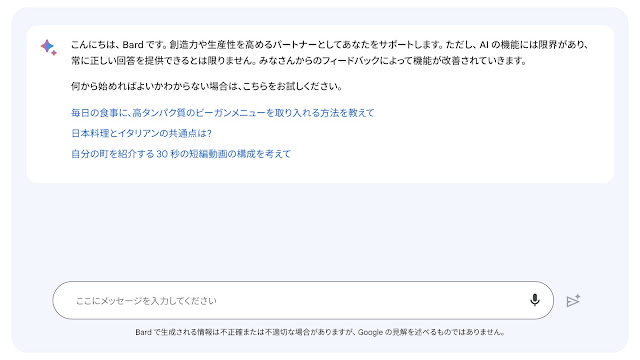Google’s Bard chatbot launches finally in EU region
Google makes ChatGPT rival Bard available to a wider audience today, releases generative AI chatbots in over 40 languages, and finally hits the European Union (EU) after initial delays due to privacy concerns introduced. .
Google first mocked Bard in February, apparently in a hasty response to ChatGPT’s success. Bard originally entered early access in English in the US and UK in March, but with a global release across nearly 180 countries and additional support for Japanese and Korean, the initial waiting list is his. Finished in May. But one notable omission so far has been in the EU, where privacy regulators voiced their concerns, prompting Google to postpone its EU launch.
“We have been actively working with privacy experts, policy makers and regulators on this expansion,” “We’ve proactively engaged with experts, policymakers and privacy regulators on this expansion,” Bard product lead Jack Krawczyk, and VP of engineering Amarnag Subramanya, wrote in a blog post.

Now users can change the tone and style of Bard’s responses with five different options: “simple,” “long,” “short,” “professional” or “casual.”
Bard can now vocalize its responses thanks to a new text-to-speech AI feature. Supporting over 40 languages, the chatbot’s audible responses can be accessed by clicking the new sound icon next to a prompt.
On the productivity side, Bard can now export code to more places — specifically Python code to Replit, the browser-based integrated development environment. Images can be used in prompts — users can upload images with prompts (only in English for now) and Bard will analyze the photo. New options allow users to pin, rename and pick up recent conversations with Bard. And Bard’s responses can now more easily be shared with the outside world through links.
Google struggled mightily with Bard early in the chatbot’s life cycle, failing to match the quality of responses from rival bots such as ChatGPT. But Google claims that Bard is improving in measurable ways, particularly in areas like math and programming. It’s also gained extensions, including from Google’s own apps and services as well as third-party partners like Adobe, and the ability to explain code, structure data in a table, and surface images in its responses.
Yuuma
yuuma at 2023年07月24日 10:00:00